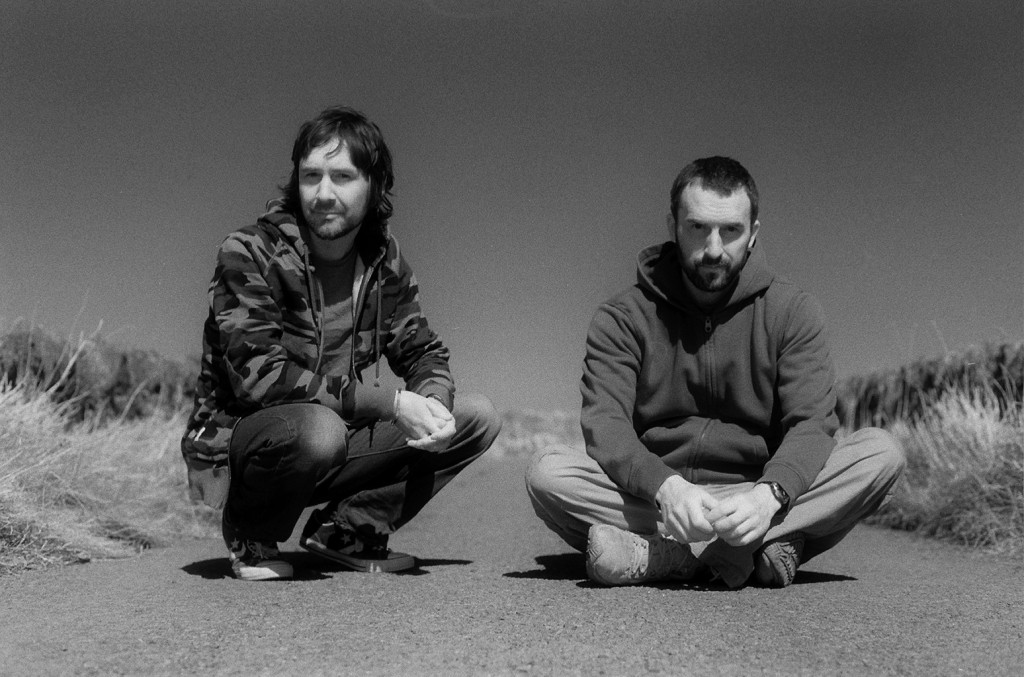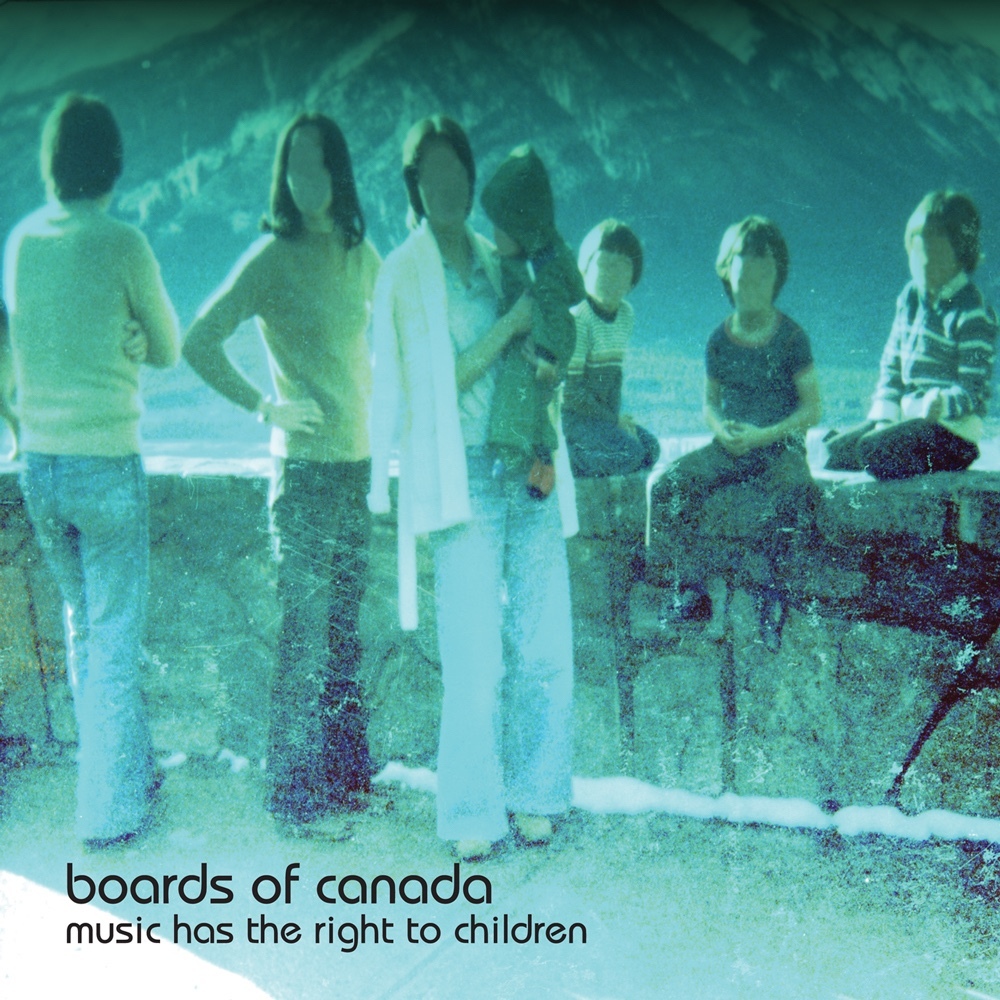
Good Morning to you! This is Jacob Braybrooke, and it’s time for us to go ‘retro’ for ‘Way Back Wednesdays’ with yet another daily track on the blog, because it’s always my day-to-day pleasure to write up about a different piece of music every day! If you are not sold on the strength of the premise of a diverse tapestry of dystopian, dark-leaning IDM and Electronica with a loose theme of urban dilapidation and urban decay, with a hint of paranoia and a Cyberpunk aesthetic alone, the UK Top 15-charting single of ‘My Kingdom’ may just convince you otherwise. This single was released in 1996 by The Future Sound Of London – an English electronic music duo formed in 1988 by Brian Dougans and Gary Cobain who met in Manchester, ironically – in the build-up to their third studio album ‘Dead Cities’ they released in the same year. The record is an expansion of the ideas they explored on 1994’s ‘Lifeforms’ EP, a more nature-oriented and pastoral record, albeit with a darker variation of sounds. ‘Dead Cities’ also included the duo’s highest-charting single ‘We Have Explosive’, which was licensed as the theme track for the ‘Wipeout’ video game on the original Playstation, and it reached #12 in the UK Singles Chart. ‘Dead Cities’ is personally one of my favourite electronic records of the 90’s because it serves as a road trip of post-apocalyptic Ambient textures, but what really makes ‘Dead Cities’ click together so neatly is the stylistic tweaks which the duo make throughout it. The ballad-style tone and floating Piano chords of tracks like ‘Max’ are very different to the ring tone-style synths of tracks like ‘Antique Toy’ or the insistent drilling of the title track that are more harsh and dissonant in mood, or really feel like they are attacking the listener. Throughout it’s 12 tracks (and a hidden segment that starts around one minute after the final track plays like an MCU-style Post-Credits scene) and a hefty duration of 70 minutes, The FSOL create a varied tapestry of electronic sounds spanning through Psychedelia, Trip Hop, Techno, Dark Ambient, IDM and Dub that are tethered to a connected, if non-singular, vision – and I also feel the record has a softer side to it that can be overlooked in favour of the more crowd-pleasing Claustrophobia of EDM cuts like the more well-known single. ‘My Kingdom’ was the preceding single to ‘We Have Explosive’ and it was given a fairly low-budget looking music video that was animated by Buggy C. Riphead – who designed the graphics of the LP’s physical copies. The CGI is dated by modern standards – but their imagination is still there. Check it out below.
‘Dead Cities’ is an underrated classic which was released on the major label Virgin Records in the UK along with Astralwerks in the US, and many music critics have attributed the album’s mastery to being the reclusive duo’s most accessible work commercially, although it still unmistakably sounds like them. In fact, ‘My Kingdom’ got to #13 in the UK Singles Chart, joining an elite club of bizzare top 40 radio hits like The Chemical Brothers’ ‘Setting Sun’ and The Orb’s ‘Toxygene’ from around it’s then-contemporary times too. The opening of ‘My Kingdom’ carries it’s weight with an Urban Trip-Hop feel as ethereal samples that give the drums an African percussion feel guides us through a gradual lift-off, before the sampled voices of an elusive choir and wistful Asian-style Horn samples that evoke a stop-and-start pace slowly join the fray of the scattered soundscape, with breakbeats and light downtempo ambience separating the structure of the elements to blend them into a more cohesive whole together. The choir section is a highlight, as the duo’s modulation makes their voices feel distant and hollow, conveying the mournful themes of a ‘Dead City’ with expert precision. I also love how the mixture of aggression and percussion on ‘My Kingdom’ has a dark edge to it and takes center stage as the drawing, expansive structure of the piece comes into view. The duo dip their toes into Blade Runner and Ennio Morricone samples specifically here, and they combine the downtempo elements of those original recordings with gloomy, foggy Ambient Electronica sounds neatly here, almost creating an abstract characteristic of a dense forest that could remind you of their prior ‘Lifeforms’ work quite noticeably. ‘My Kingdom’ has the power to give you goosebumps because of it’s darkness and vibrant atmosphere, with a certain doom-and-gloom or woe-is-me tone that is turned into something surprisingly beautiful and hypnotic as the samples stretch along it’s duration progressively and conjure up the power to create it’s own experience that feels a little seperate to ‘Dead Cities’, but is enhanced by the context of the sounds, tones, atmosphere and textures of the album it is from. It is a very well-crafted record which each lover of music should experience.

That brings us to the bottom of the page for another roughly 24 hours period, and thank you for taking a short moment out of your day to support the site and the independent creatives that I, in turn, support here as well. It is back to new music recommendations tomorrow, as we turn our attention towards a new single by a now-duo of Indie Pop and Disco proportions from Brooklyn, New York who previously included Coco’s Dan Molad amongst their line-up. Their albums have also received acclaim from The New York Times, Rolling Stone, NPR, Paste and The Village Voice too. Their new LP – ‘Second Nature’ – will release on April 8th via Mom + Pop Records.
Connect with One Track At A Time:

















